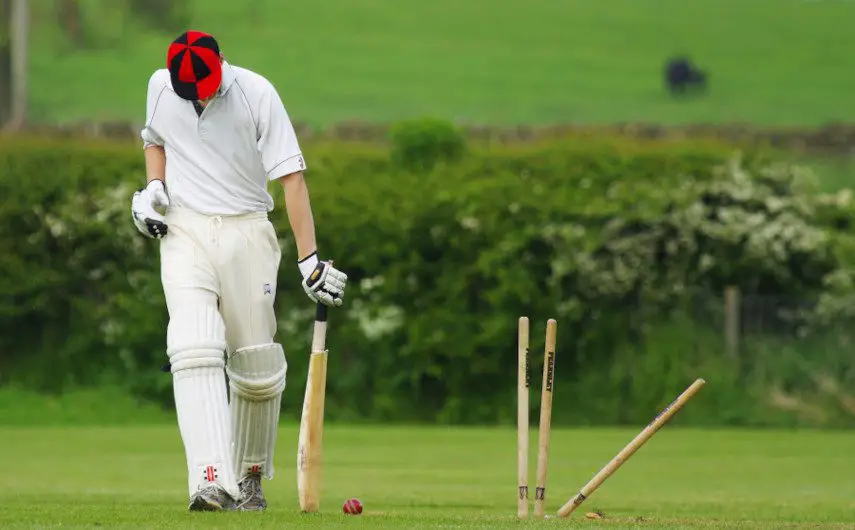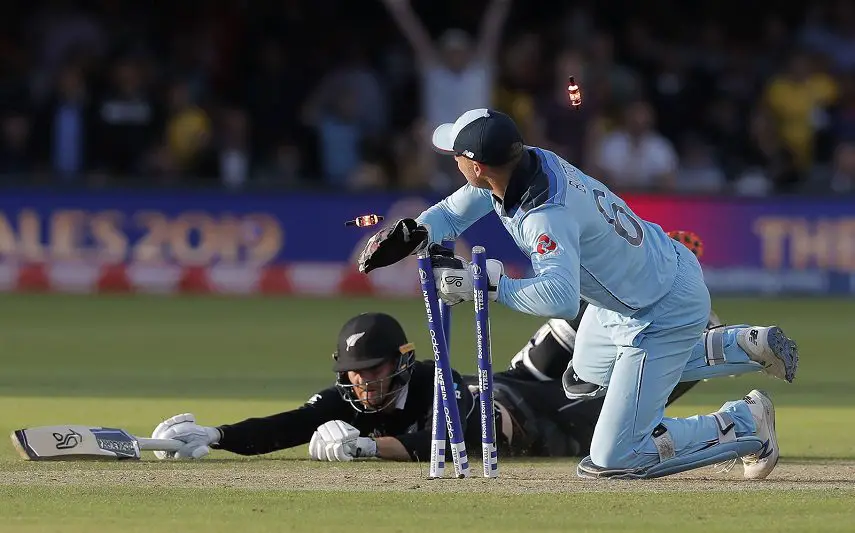Table of Contents
What is a Slow Over Rate in Cricket?
A slow over rate occurs when a bowling side simply isn’t delivering their overs quickly enough. In test matches and in other first class games, a certain amount of overs have to be bowled in a day.
In ODI and T20 cricket, teams have an allocated period of time in which to deliver their over allocation. If teams fail to hit the targets in any format, this is considered to be a slow over rate.
Slow Over Rate Rules
If bowling teams deliver slow over rates, they can be hit with certain penalties. In limited overs matches, it has been common practice to add penalty runs to the batting team’s total.
In recent years, there has been an alternative to that approach. In some leagues you will see fielding restrictions imposed for the overs that go above the allotted time frame.
In test cricket we don’t see such penalties imposed. This may change in the future but there are laws in place to punish players. Fines can be put in place and we may even see the captains involved suspended for a period of time.
The Reasons to Use Slow Over Rate Penalties
Slow over rates are considered to be unfair to the batting side. If a bowling team deliberately slows down play, it can disrupt rhythm and have a detrimental effect on the batters.
Penalties are also put in place with the public in mind. Paying supporters want to see limited overs games completed in a timely manner. In test matches, it’s not fair if those fans go home and have not seen the minimum fixed amount of overs.
How to Calculate Over Rate in Cricket
The cricketing authorities allow for certain interruptions when calculating the required over rate. Drinks breaks are factored into the game while the fall of a wicket will also slow things down to an extent.
Bowling sides will also receive allowances if there are any unscheduled stoppages such as a hold up for an injury. If a team fails to meet the required over rate before an allotted time, the game’s officials will take into account any of these hold ups.
Over Rate Calculation for Different Formats
Different sets of calculations are in place for the three main forms of cricket.
ODI
In ODI games, there is a maximum of 100 overs to be bowled in a day with each team receiving up to 50 overs.
Teams are given up to three and a half hours in which to bowl their full complement of 50 overs. This equates to an over rate of 14.28 per hour.
Test Cricket
In test cricket, bowling teams should be looking to deliver 15 hours per hour. Play is split into three sessions – morning, afternoon and evening.
Each of those sessions lasts for two hours so there should be 30 overs bowled in each session. This equates to a final total of 90 overs in a day. If teams fail to reach that 90 over target, there is provision for play to be extended by 30 minutes in the evening.
T20
A maximum of 40 overs need to be bowled in T20 cricket with teams receiving up to 20 overs each.
Bowling sides must complete their 20 overs within an hour and a half. This gives us an hourly over rate of 13.33.
Indian Premier League
The IPL generally follows the established rules for T20 cricket. Bowling teams will also be expected to complete their 20 overs within an hour and a half. However, this period includes the two strategic timeouts which take two and a half minutes each.
This means that the required hourly run rate in the Indian Premier League is higher than regular T20s at 14.11.
Penalties for Different Cricket Forms
In test cricket, the penalties at the disposal of the officials are fines and suspensions. The captain takes much of the responsibility and he or she is the one most likely to be suspended from the next game.
In limited overs cricket, the penalties will vary depending on who is running the competition. Remember that the Indian Premier League applies its own rules for over rates that take in the strategic timeouts.
It’s still common for penalty runs to be added. For every over that doesn’t begin before the cut off time, the batting team can be awarded five penalty runs at the discretion of the umpires.
A more recent rule change has seen harsher fielding restrictions applied. We’ve seen this in T20 internationals where, for every over that isn’t bowled before the cut off point, one extra fielder must be brought back into the 30 yard fielding circle.
Once again, this is applied at the discretion of the match umpires and will take into account any of the stoppages that we’ve talked about.
Conclusion
It’s only fair to have implemented a system of penalties for slow over rates. Supporters pay a lot of money to watch cricket, either at the ground or via an expensive TV subscription. They expect to see a full day’s cricket and rightly so.
Slow over rates can also disrupt a batting side which may give the fielding team an unfair advantage. It’s all about maintaining fair play and upholding the laws and the spirit of cricket.


